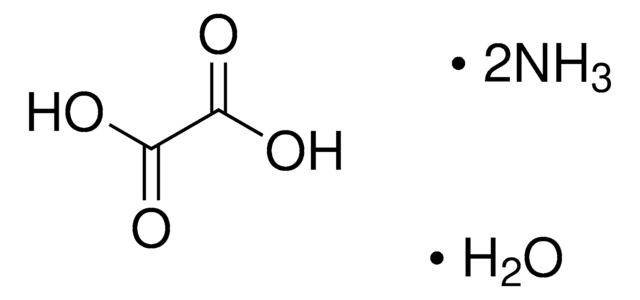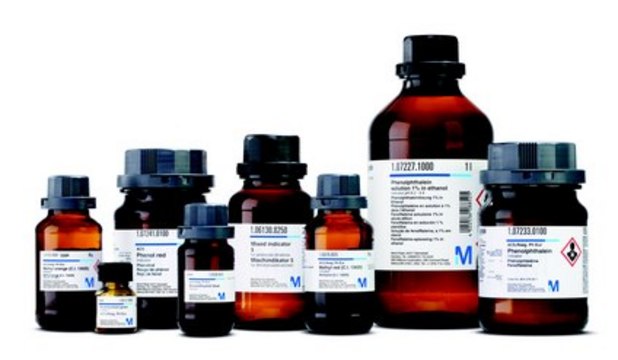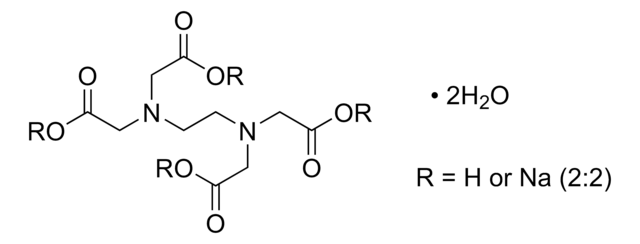1.01190
di-Ammonium oxalate monohydrate
EMPLURA®
Synonym(s):
di-Ammonium oxalate monohydrate, Oxalic acid ammonium salt
Select a Size
About This Item
Recommended Products
vapor pressure
<1 hPa ( 20 °C)
Quality Level
product line
EMPLURA®
Assay
≥99.0% (manganometric)
form
solid
ign. residue
≤0.1% (as sulfate)
pH
6.5 (20 °C, 41.8 g/L in H2O)
mp
>123 °C (decomposition)
density
1.5 g/cm3 at 20 °C
bulk density
480 kg/m3
Looking for similar products? Visit Product Comparison Guide
Analysis Note
Chloride (Cl): ≤ 0.01 %
Sulfate (SO₄): ≤ 0.02 %
Heavy metals (as Pb): ≤ 0.005 %
Fe (Iron): ≤ 0.002 %
Residue on ignition (as sulfate): ≤ 0.1 %
Legal Information
Signal Word
Warning
Hazard Statements
Precautionary Statements
Hazard Classifications
Acute Tox. 4 Oral - Eye Irrit. 2
Storage Class Code
13 - Non Combustible Solids
WGK
WGK 1
Flash Point(F)
Not applicable
Flash Point(C)
Not applicable
Certificates of Analysis (COA)
Search for Certificates of Analysis (COA) by entering the products Lot/Batch Number. Lot and Batch Numbers can be found on a product’s label following the words ‘Lot’ or ‘Batch’.
Need A Sample COA?
This is a sample Certificate of Analysis (COA) and may not represent a recently manufactured lot of this specific product.
Already Own This Product?
Find documentation for the products that you have recently purchased in the Document Library.
Our team of scientists has experience in all areas of research including Life Science, Material Science, Chemical Synthesis, Chromatography, Analytical and many others.
Contact Technical Service




